Five ways to effectively prepare for robotic welding integration
If you’re thinking about introducing automation systems such as a robotic welding integration in your business, it can provide you with a tremendous improvement in speed and quality. However, there are certain mistakes that many businesses make when introducing the systems that can result in increased operational expense and performance problems. Before your business takes the plunge, take the time to learn about possible problems so you can prevent them before they happen.
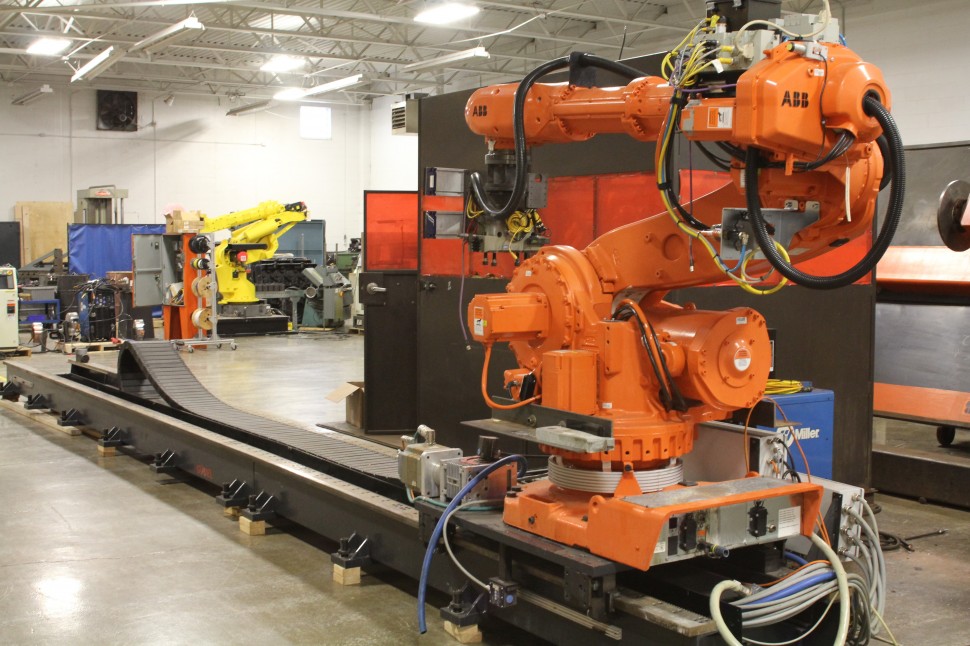
Don’t Underestimate Your Current Needs
Two of the most important aspects of any industrial robots are its reach and its payload. Since payload is mostly irrelevant for welding operations because of how lightweight the equipment is, it’s more important to consider your new welding robot’s reach. The robot you’re considering must have sufficient range of motion for it to reach all of the required weld joints. It also has to be able to articulate itself so as to apply the torch to those weld joints.
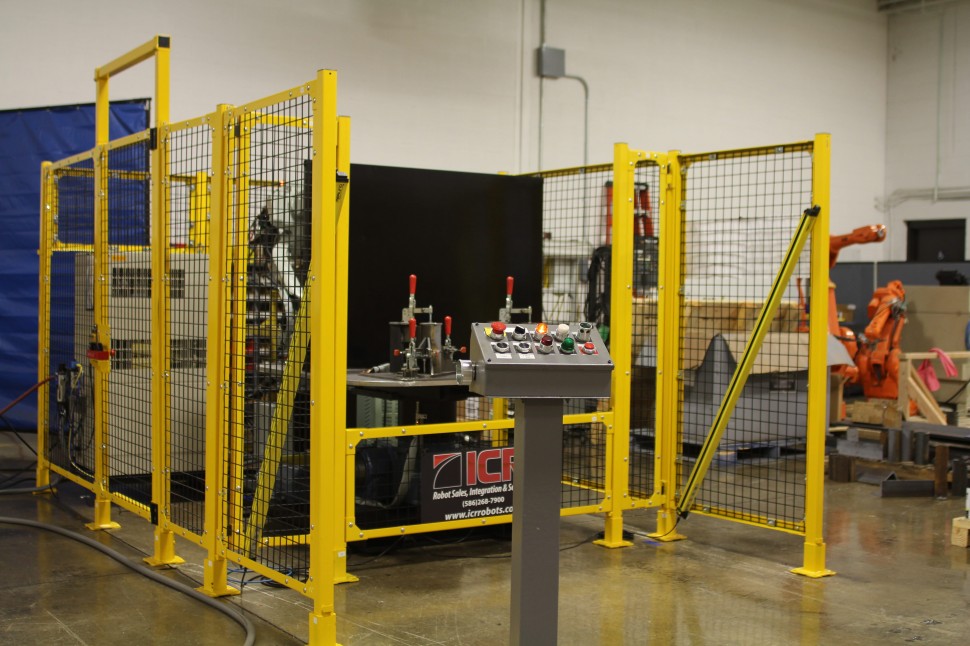
Anticipate Your Future Needs
But you should also think about future changes you might make to the any potential welded part. With that shape, the altered or will it be enlarged or reduced? If so, will the welding robot you are considering have the adequate reach to adapt to these changes? Planning for the future in this way can save you a lot since you don’t want to buy a robot that works today but then has to replace it in a few years because it no longer meets your needs. The best approach may be to buy a larger robot and you need right now.

Don’t Forget Peripheral Equipment
Business owners new to robotic technology may be a bit mystified because of their unfamiliarity with the technology. This is why it’s important to understand that the robot itself is not necessarily the most important part of the overall system. In fact the most important part of the robot manufacturing system is the tool of the end of the arm. The robot tooling mechanism is what actually does the work in a robotic system. Make sure that the device you’re using is correct for your welding robot and is working properly.

Plan to Prevent Problems
While serious problems rarely occur in robotic installations, issues can crop up that may occasionally interfere with the manufacturing process. For this reasion, it’s vital that you understand what these potential issues might be and create a plan designed to deal with them. For instance, what will you do if a chemical spill takes place or metal casting drops? The answer may be to have a manual workstation you’ll use as a temporary backup, or you may have diverters in place to keep things moving in the event of a problem. Sensors can help to confirm part integrity, location, and the robots action. You can easily avoid disaster if all potential problems are considered and guarded against in your system design plan.
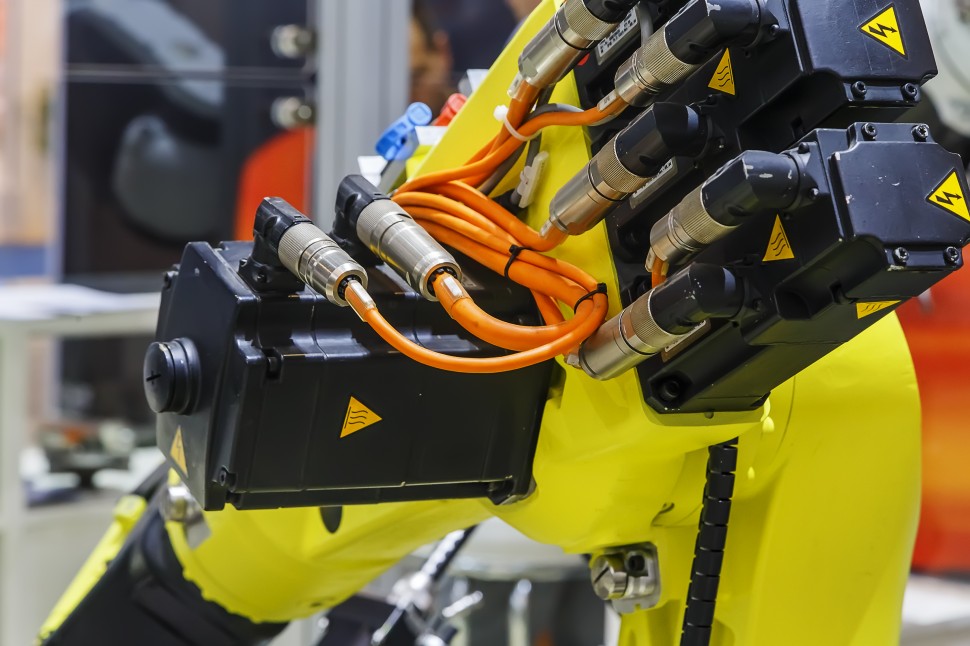
Don’t Assume Robots Are Too Complicated
If your business has never used robots of any kind before, let alone welding robots, you might think these automated systems are incredibly complex. You might even think they’re too complicated for your business. But in fact, industrial robots are usually the most straightforward and reliable part of any automated system in a factory. Industrial robots only have to be serviced after 10,000 hours of operation and on average operate for almost 100,000 hours before breakdown. This reliability extends to the abundous of third-party support operations that provide replacement parts and service activities such as ICR.
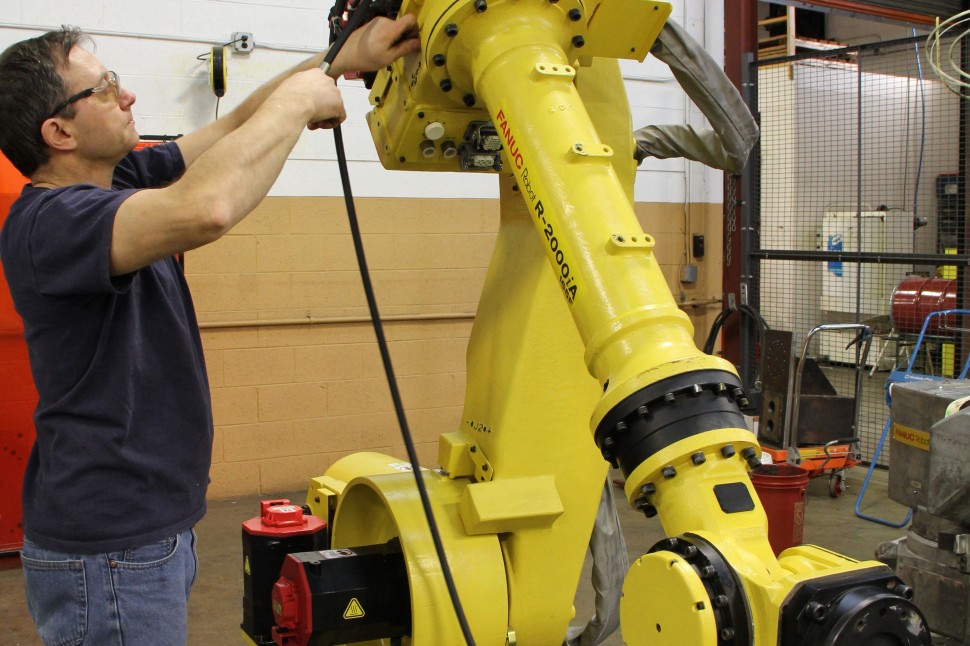
The ICR Advantage
Robotic cell integration within an automated factory requires expertise, skill and an extensive knowledge base. The robotic technicians and engineers at ICR possess experience and industry expertise to develop and design the necessary robotic work cell. Turn to ICR when the need arises and our experts will provide the solution.
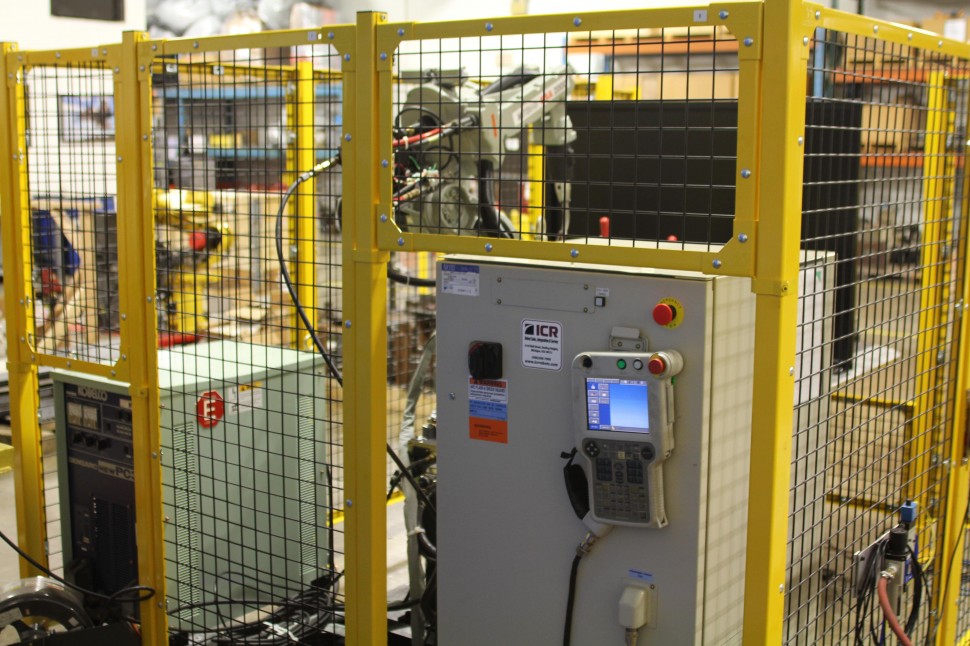
Recent ICR Robotic Integration Projects
Check out the video below to see one of integration examples, which was to create MIG welding cells.






